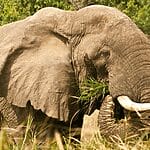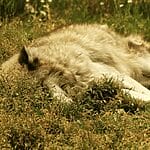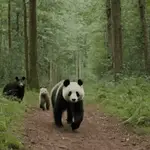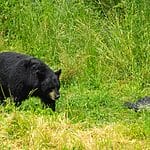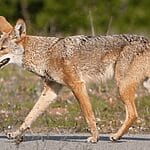At first glance, rabbits and kangaroos seem quite different. One hops through open fields, while the other bounds across vast landscapes. Yet, they share more than you might expect. How could these two creatures, living on opposite sides of the world, possibly be connected?
Understanding their relationship isn’t always straightforward, and that’s where confusion arises, especially when considering their common ancestor. Misconceptions about their connection often lead to misunderstanding their evolution and behavior.
One surprising fact: both animals belong to a group called mammals, specifically, they are part of a subclass known as “marsupials” and “lagomorphs.” But what does that really mean for their connection?
In this article, we’ll explore the truth behind their relationship, clear up common misconceptions, and uncover how these two animals share a fascinating evolutionary link. The answer might just surprise you.
Are Rabbits and Kangaroos Related?
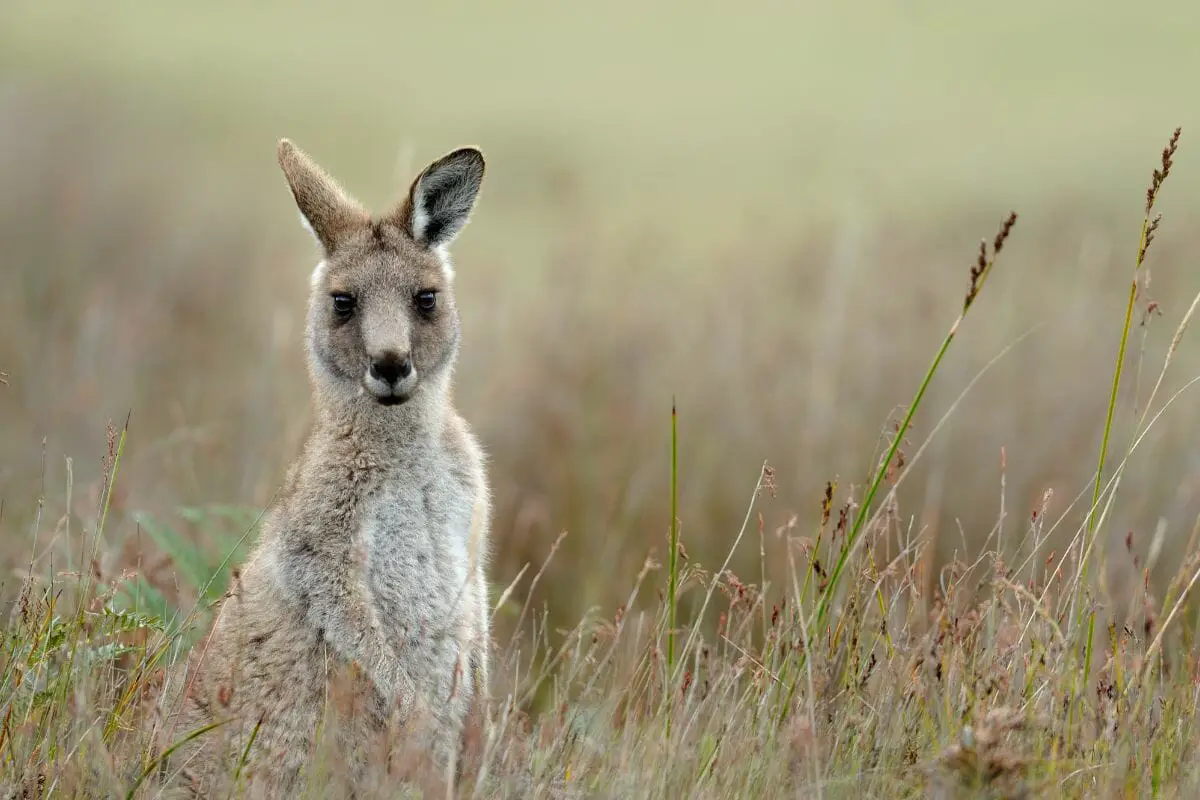
Even though rabbits and kangaroos may seem similar when it comes to their appearance and gait, no, rabbits and kangaroos are not related in any capacity.
We’ll explain in more detail why they’re not related and some of the similarities and differences they both have.
Why Aren’t Kangaroos and Rabbits Related?
The main reason why kangaroos and rabbits aren’t related is because the kangaroos is a marsupial mammal, whilst rabbits are placental mammals.
You may be wondering what a marsupial mammal is and what a placental mammal is.
A marsupial mammal gives birth to their offspring whilst they are still not developed and are then carried and suckled in the pouch of the mother’s bellies, animals that fall under this category are koala bears, opossums and of course, kangaroos.
A placental mammal has the ability to give birth to live offspring.
Marsupial Mammals
The easiest way to distinguish a marsupial mammal from a placental mammal is that they will have a pouch in their stomach that carries their young.
Marsupials (see also: Are Racoons Marsupials?)have a very different gestation period than placental mammals too.
Marsupials will give birth to their young at an early stage when they are not fully developed.
In order for the embryo to develop and mature, it will climb out of its mother’s birth canal and head straight for the nipples to get milk.
It will usually develop here for weeks or months, depending on the species of the mammal.
The reason why marsupials have such a short gestation period is because their placentas are quite small.
On the other hand, placental mammals will support their fetuses’ development using their own blood, this allows for longer gestation periods.
Placental Mammals
Placental mammals have fetuses inside them that are developed and nourished before birth whilst they are still in the uterus of the mammal.
Inside the uterus, there is something called a placenta, which is where the nutrients are given to the fetus, and where waste is filtered out.
Whilst marsupials do also have placentas, the difference is that the placentas they have are very short lived and the nutrients that are passed down to the fetus is not as much as the nutrients passed down to the fetus in a placental mammal.
Animals who are considered placental mammals are dogs, cats, rodents, sheep, cows and of course, us humans.
Different Taxonomic Orders
Kangaroos and rabbits belong to entirely different taxonomic orders, highlighting their distinct evolutionary paths. Kangaroos are part of the order Diprotodontia, which includes marsupials like koalas and wombats.
This order is characterized by marsupials’ unique reproductive system, where offspring are born underdeveloped and continue growing in a pouch. On the other hand, rabbits belong to the order Lagomorpha, which includes hares and pikas.
These are placental mammals, meaning their young are born fully formed without the need for a pouch.
This stark contrast in reproductive strategies, along with their evolutionary divergence, reinforces that kangaroos and rabbits are not closely related, despite both being mammals.
Differences Between Rabbits and Kangaroos

In case you’re still not convinced that rabbits and kangaroos are not related, here are some of the biggest differences between the two mammals.
- Like we just learnt, kangaroos are marsupial mammals, whilst European rabbits are placental mammals.
- Rabbits are distributed all over the world, but are seen to be an endangered species in Australia. Whilst Kangaroos are only really seen in Australia and Papua New Guinea.
- Kangaroos have more than 40 species, whilst rabbits have more than 50 species.
- Rabbits don’t have a pouch, when it comes to feeding their young with their milk, they will simply stand over them and nurse them, unlike kangaroos and wallabies. Kangaroos do have pouches, and inside these pouches they have mammary glands. The mother will secrete milk and their young will climb its way to the nipple in order to get the nutrients it needs.
- Rabbits can have babies very quickly, their gestation period is only 30 days and they will give birth to more than one litter every year Kangaroos can become sexually recepetive again even after giving birth to a newly born joey, so they can get pregnant again immediately after giving birth.
- Rabbits will only use all four of their limbs, and only occasionally use their hind legs. Kangaroos are the opposite, they tend to mostly use their hind legs and will only sometimes use all fours.
- Rabbits are quite small, the maximum height they can reach is 0.5m and the maximum weight they can reach is 2kg. Kangaroos are quite large in size, they can measure up to 2m and weigh up to 90kg.
- Rabbits are coprophagous animals, which means they will eat their own feces, and feces of other animals. Kangaroos are not coprophagous animals.
Similarities Between Rabbits and Kangaroos
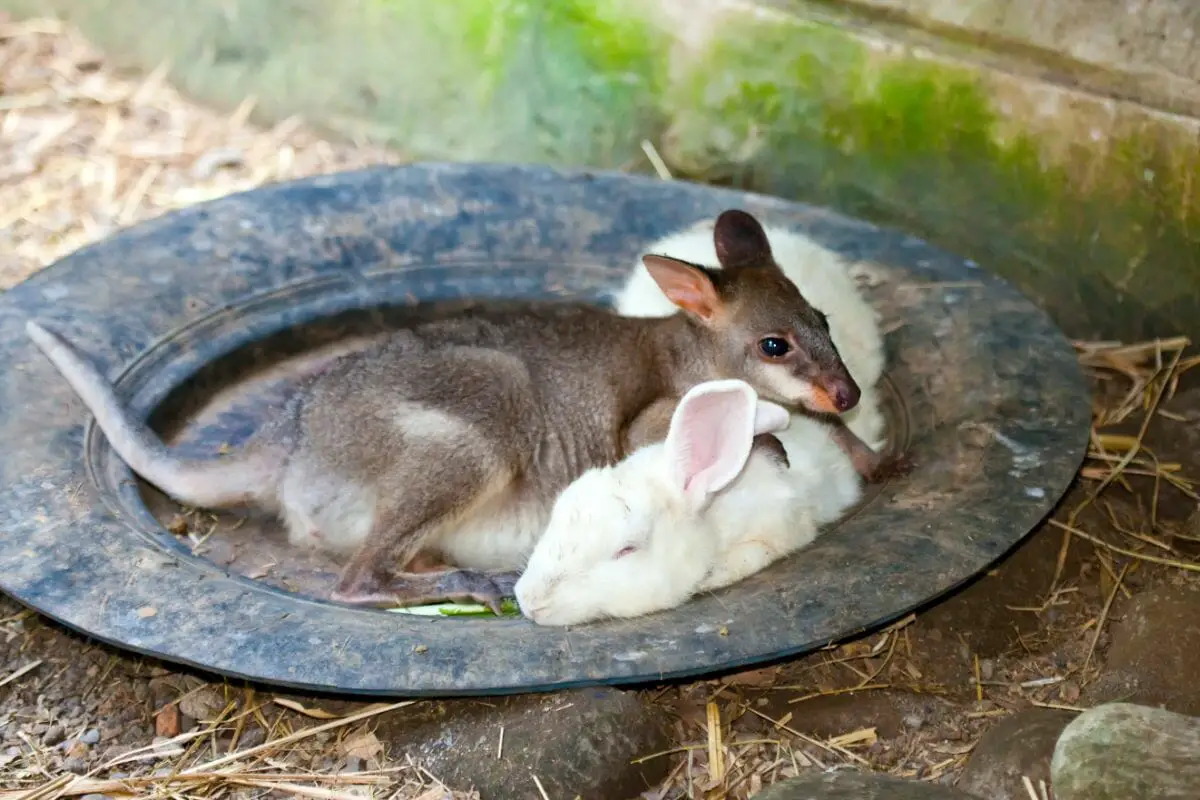
There’s only a few similarities that rabbits and kangaroos share, and these are:
- Both the rabbit and kangaroo are mammals.
- They both share the same preferred method of movement, which is hopping. Rabbits will use both of their feet to hop, whilst kangaroos will use both of their hind legs to execute a bipedal hop.
- Both rabbits and kangaroos have strong hind legs that they use to hop.
What Is The Closest Relative To A Rabbit?
A rabbit’s closest relative would be the rodent. But, it’s important to note that even closely related groups of animals can drastically differ from one another.
This can be seen through their similar appearance, similar diet and also relatively small stature.
Rabbits did also belong to the order of Rodentia, but after evolving differently to rodents this soon changed after some time.
The biggest difference between rabbits and rodents is seen through their incisors.
Rabbits have 4 whilst rodents have 2, another difference is that rabbits are completely herbivores whilst rodents will eat meat sometimes.
What Is The Closest Relative To A Kangaroo?
There are a few animals that are closely related to kangaroos, including wallabies and other native marsupials. These include koalas, wallabies, wombats, Tasmanian devils and opossums.
This is because all of these animals are marsupials too.
Even wallabies, which look almost identical to kangaroos, are not that related to kangaroos.
They belong to the same marsupial family, but they’re very distinct to one another, most notably being their size.
Kangaroos are quite a unique animal, and because of this, they don’t have many distinctive relatives, unlike the many species of wild rabbits.
Conclusion
So, as you can see, rabbits and kangaroos are not related in the slightest.
They may look similar and move in the same way (hopping), but their main difference is that rabbits are placental mammals whilst kangaroos are marsupial mammals, along with many other differences, like their size and diet habits.
They don’t really have many similarities between them, but just because they both hop, doesn’t mean that they have to be related.
Although, it’s easy to see why so many jump to the conclusion that they are closely related.
FAQs
What is the closest relative to kangaroos?
The closest relatives to kangaroos are other marsupials such as koalas, wallabies, wombats, and Tasmanian devils. These animals share common marsupial characteristics, including their reproductive processes.
What animal is the closest relative to a rabbit?
The closest relative to a rabbit is the hare. Both rabbits and hares belong to the family Leporidae and share many physical and behavioral traits. However, they differ in aspects of their physiology and life cycle.
- What Should I Do If A Koala Bites Me? Safety Guide - 2024-05-30
- Are Kangaroos Born Without Hind Legs? A Fascinating Journey - 2024-05-30
- Animals That Look Like Squirrels - 2024-05-30

